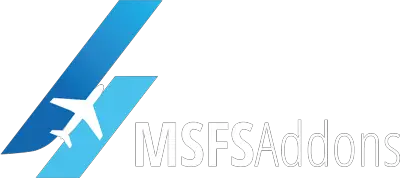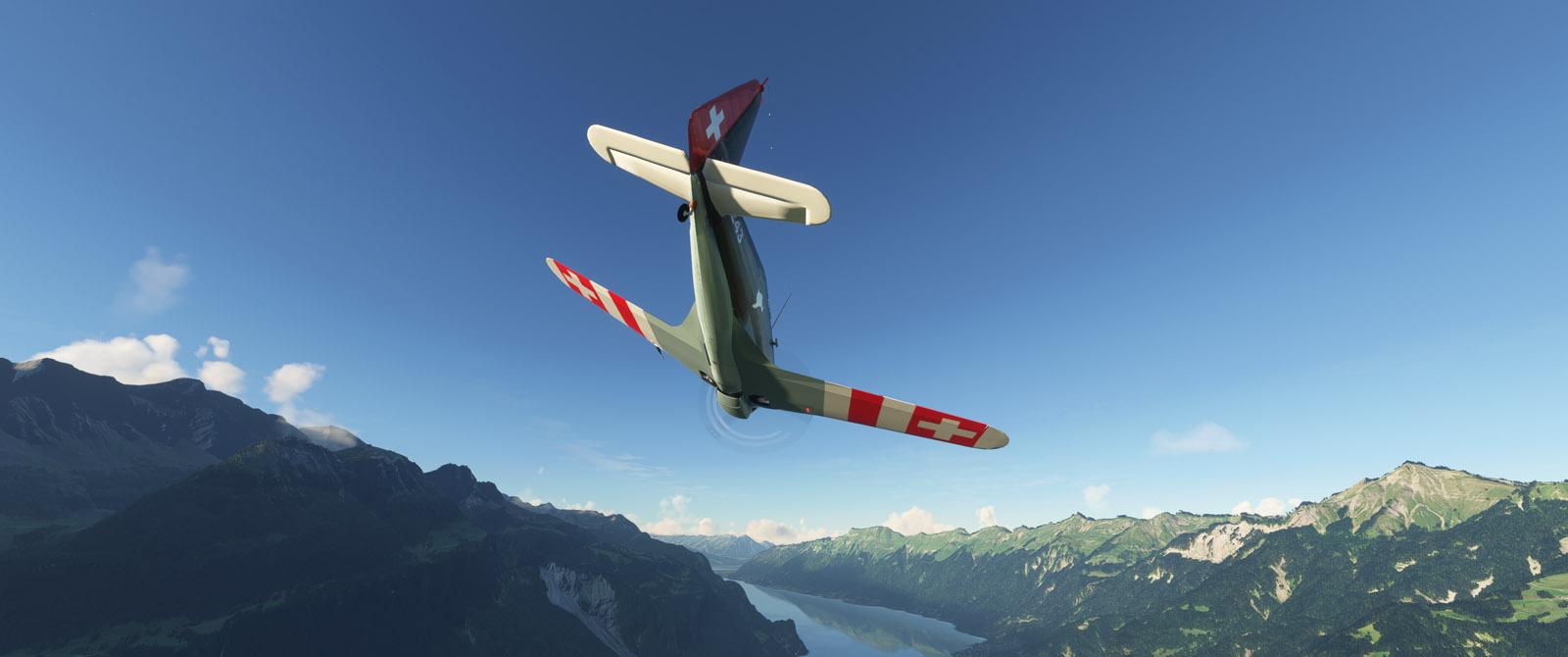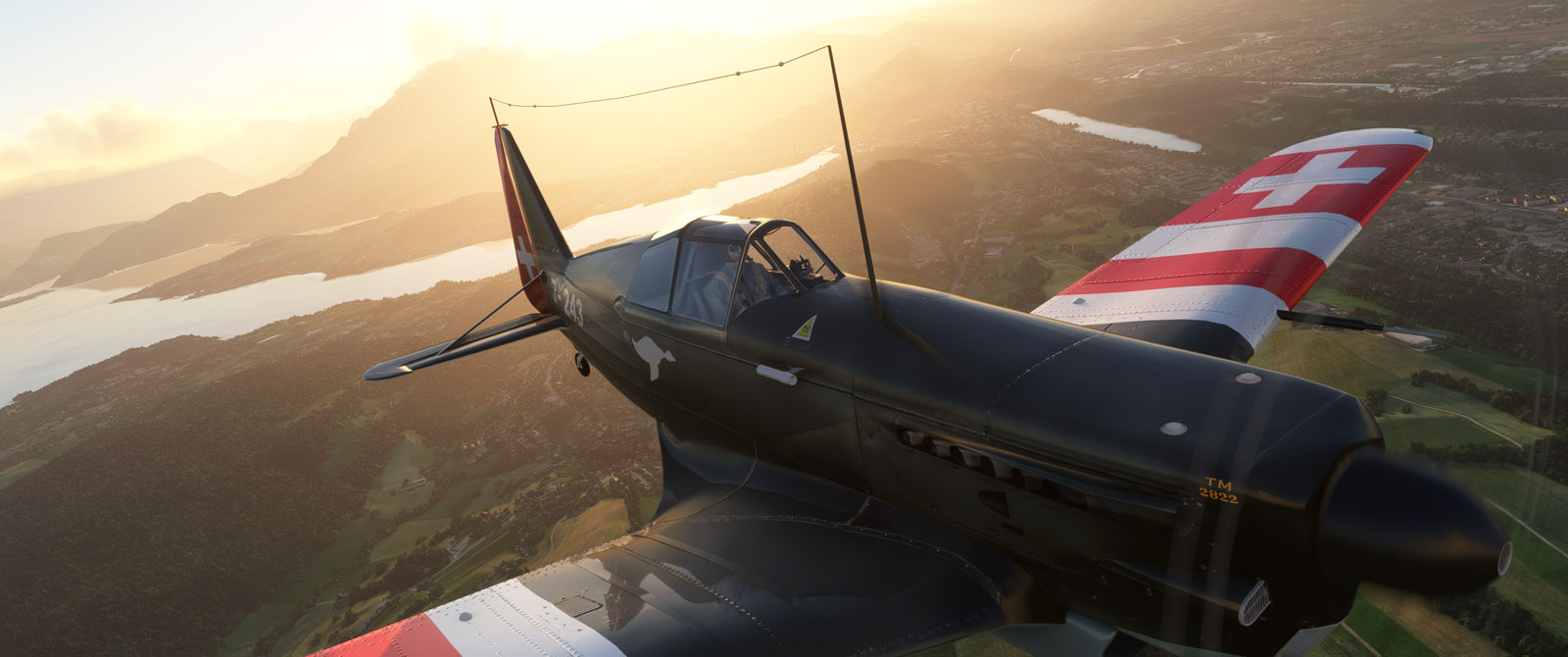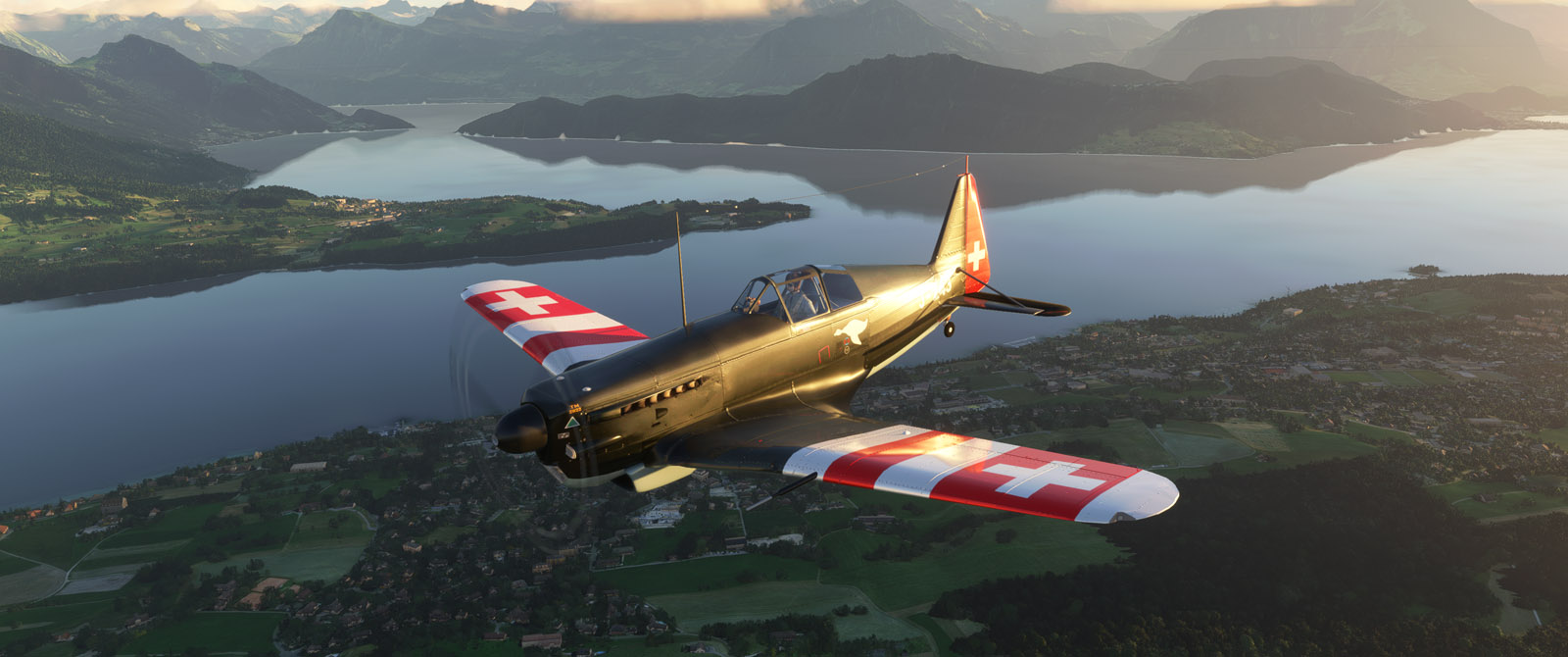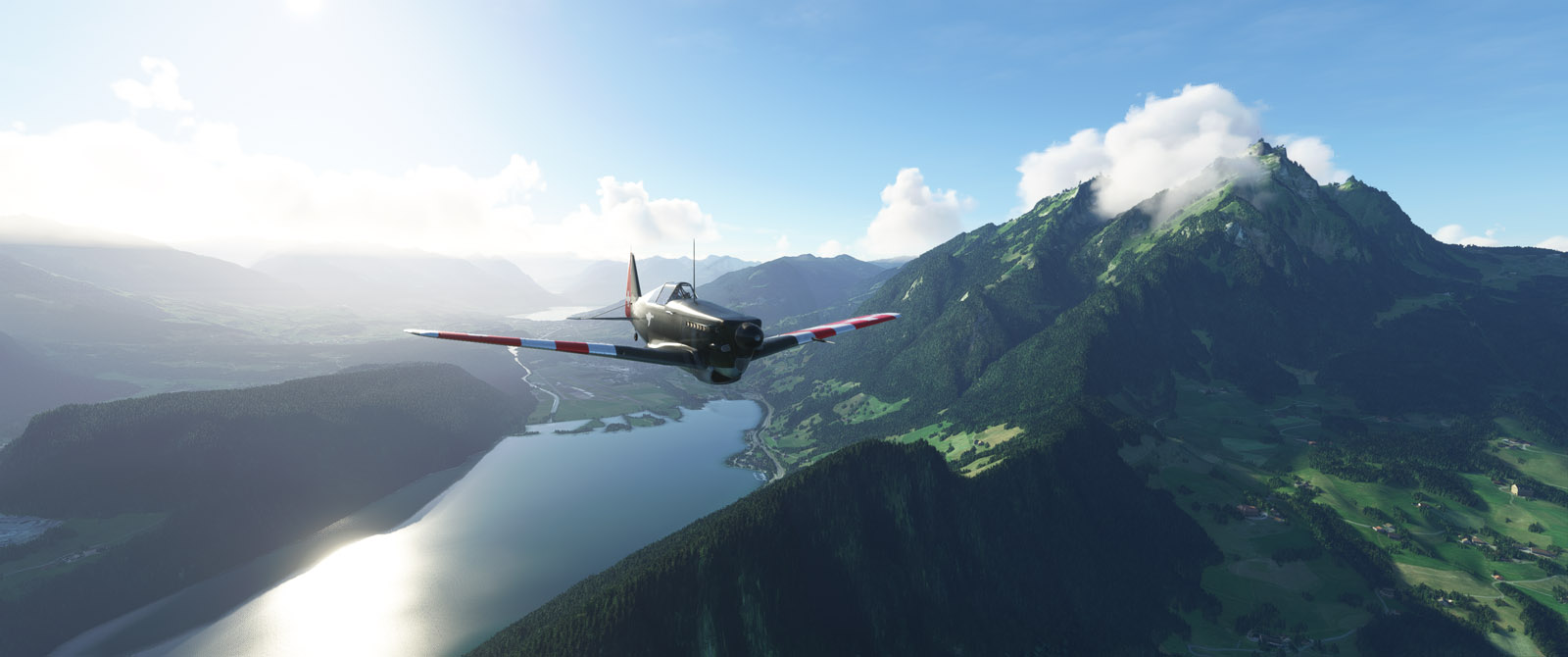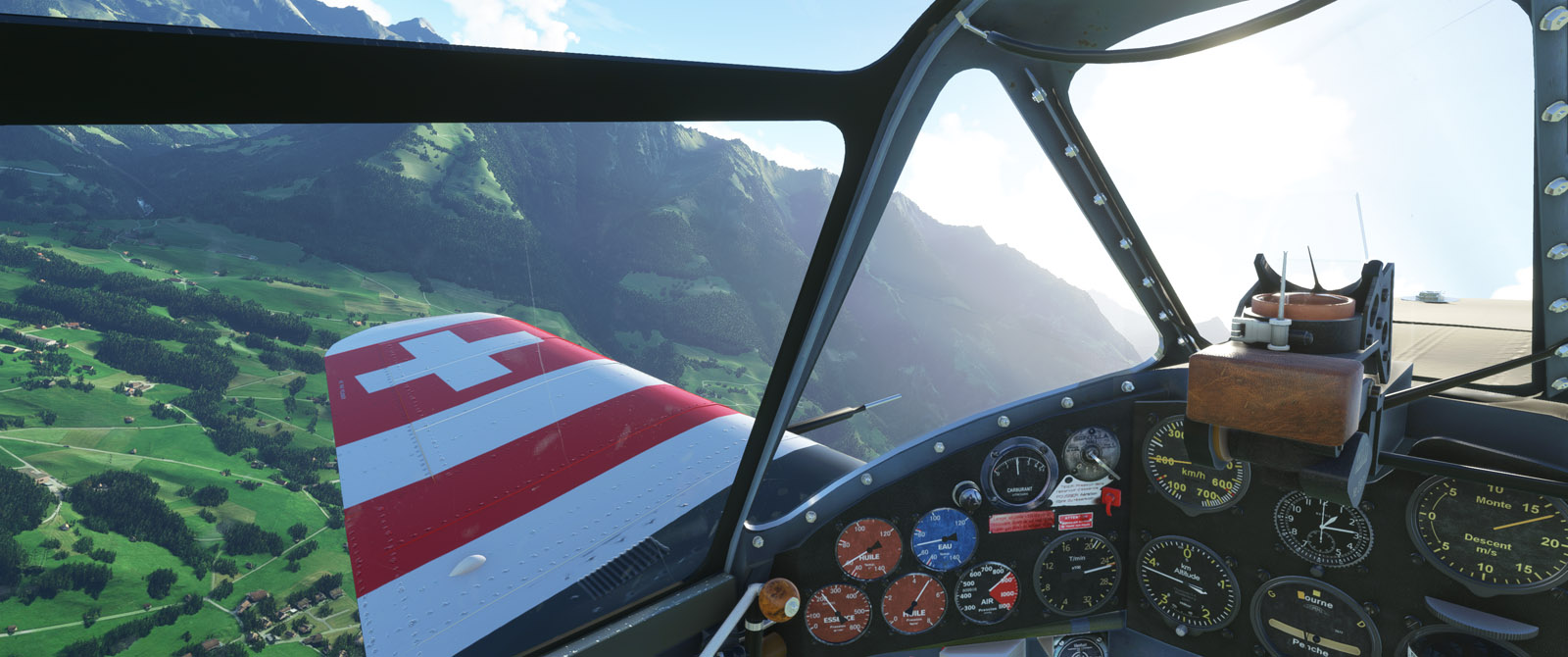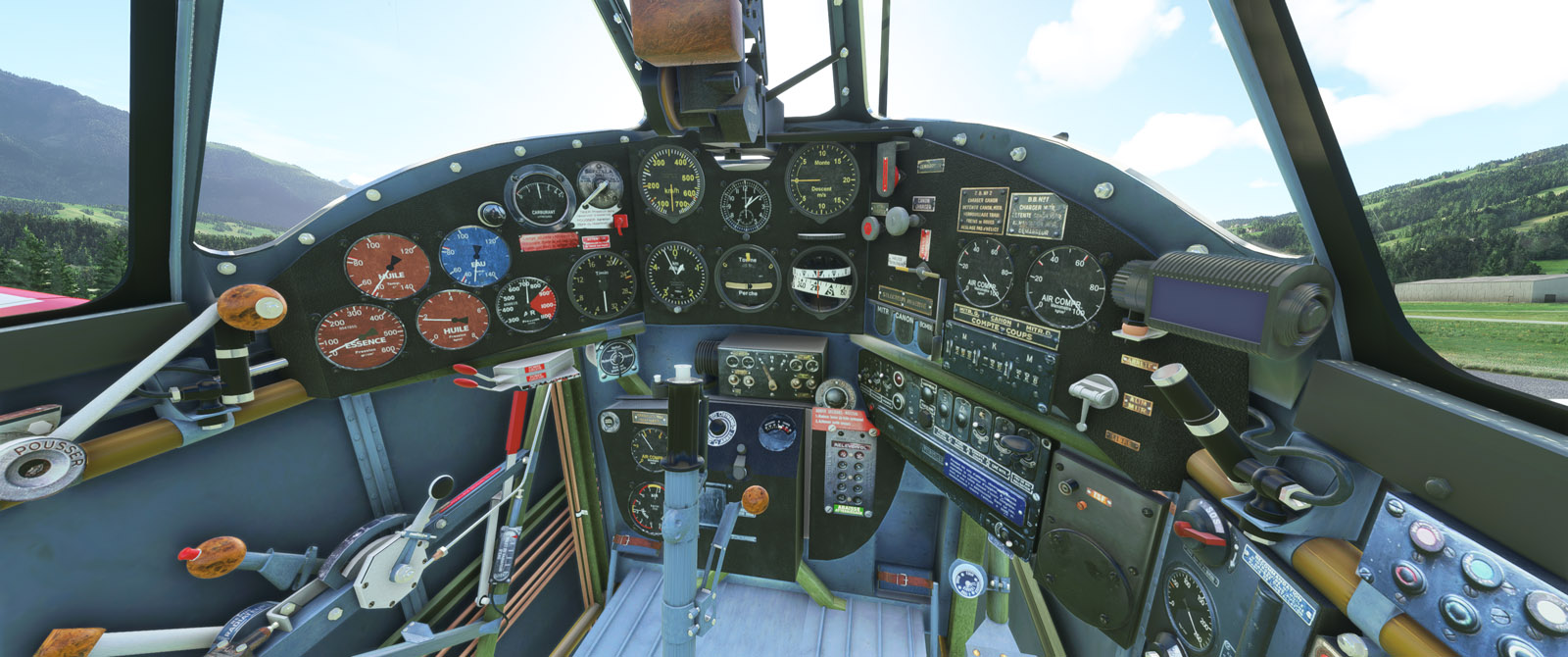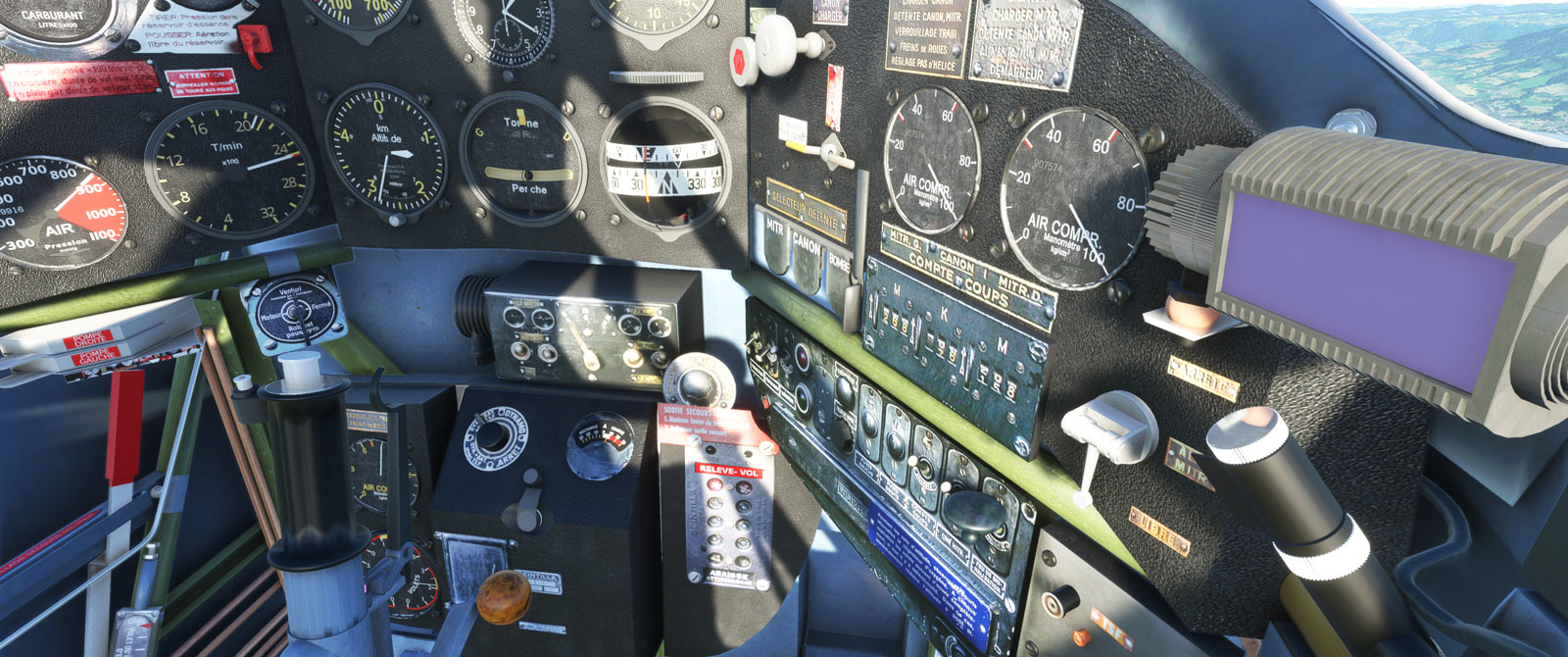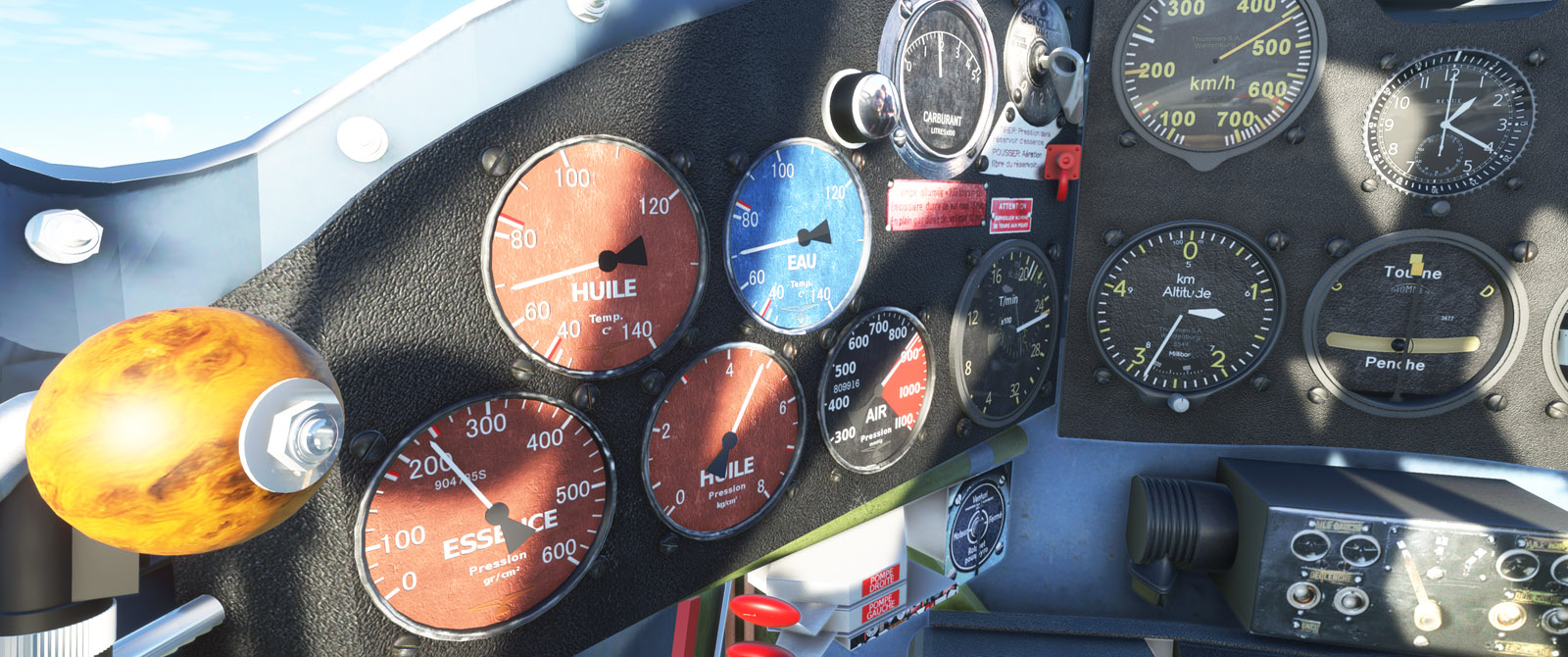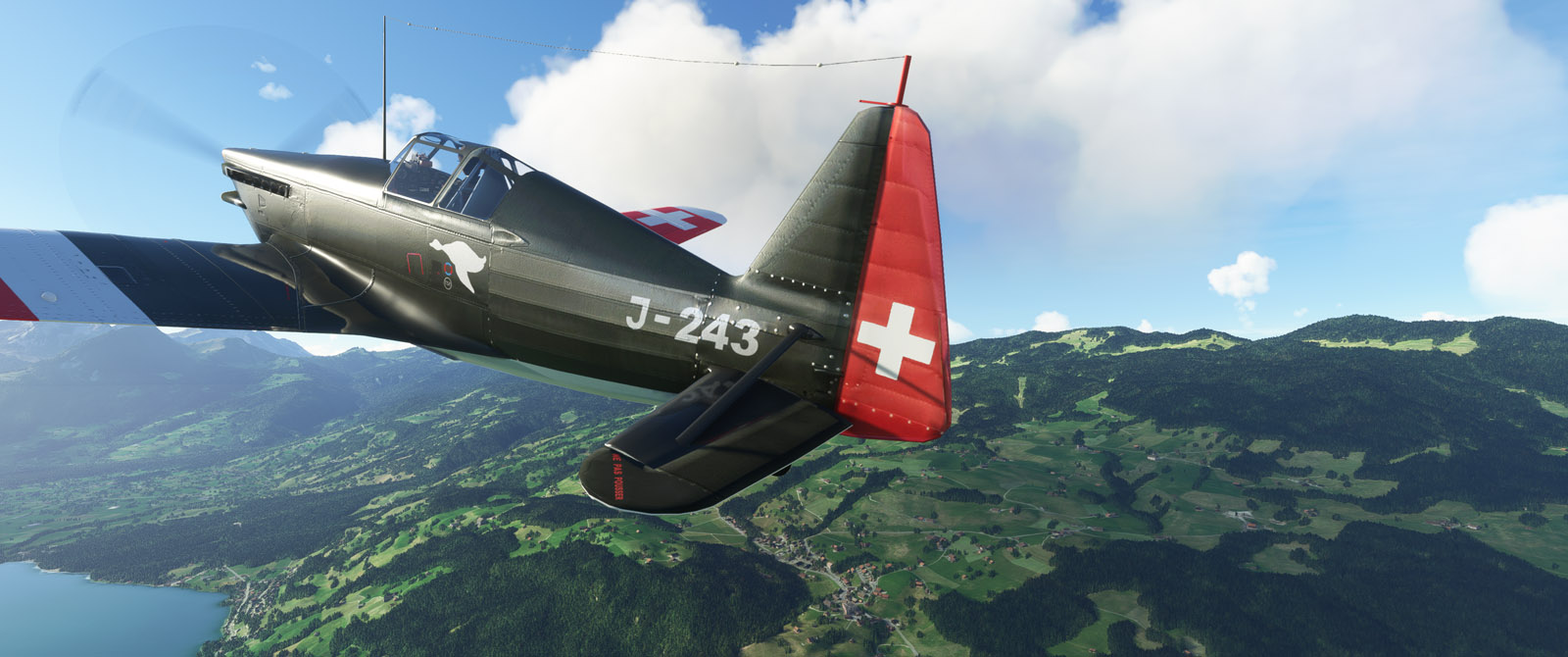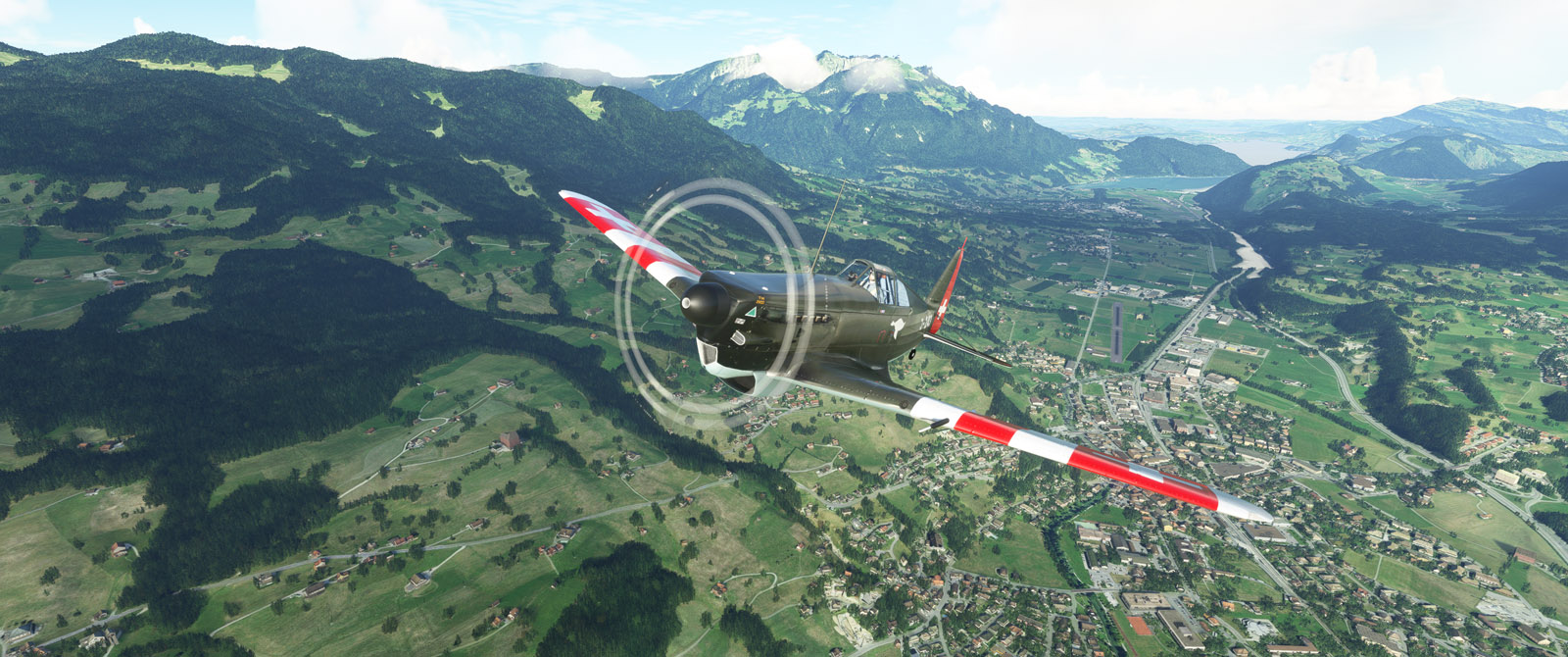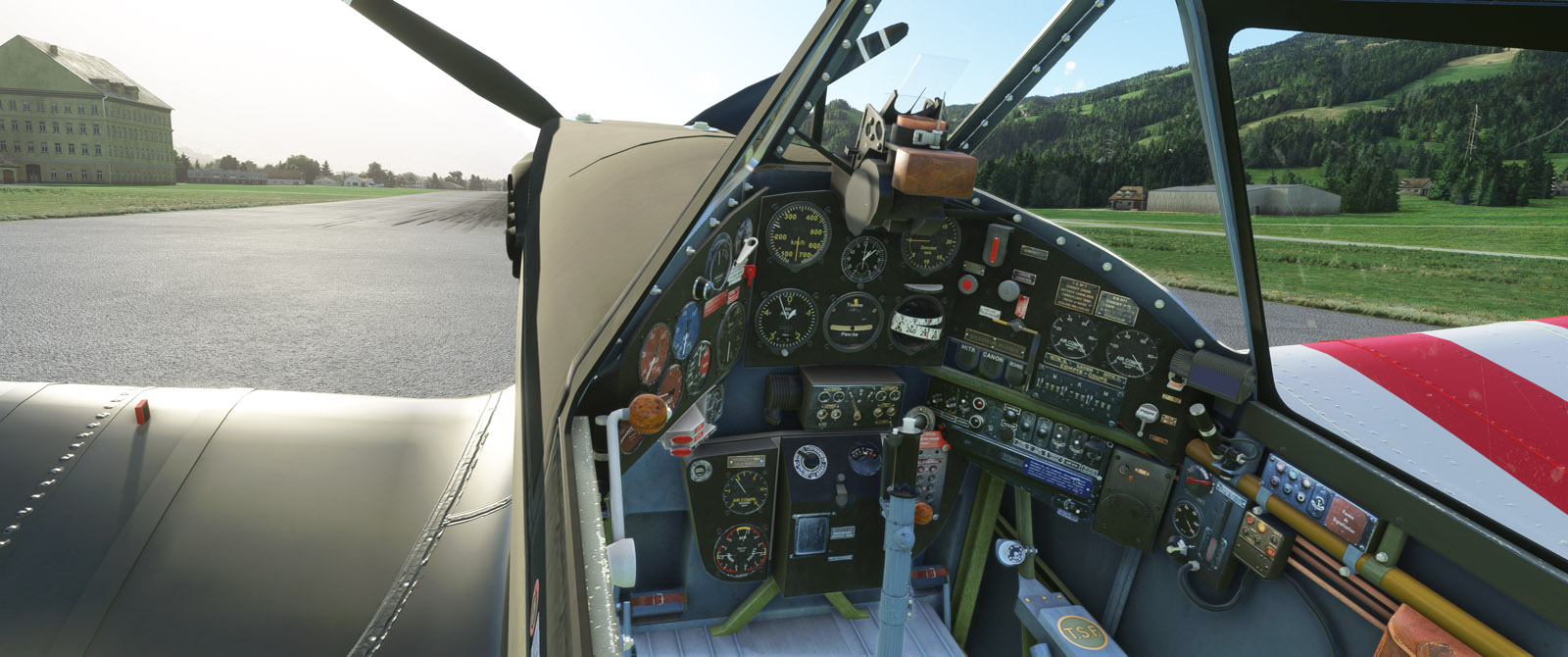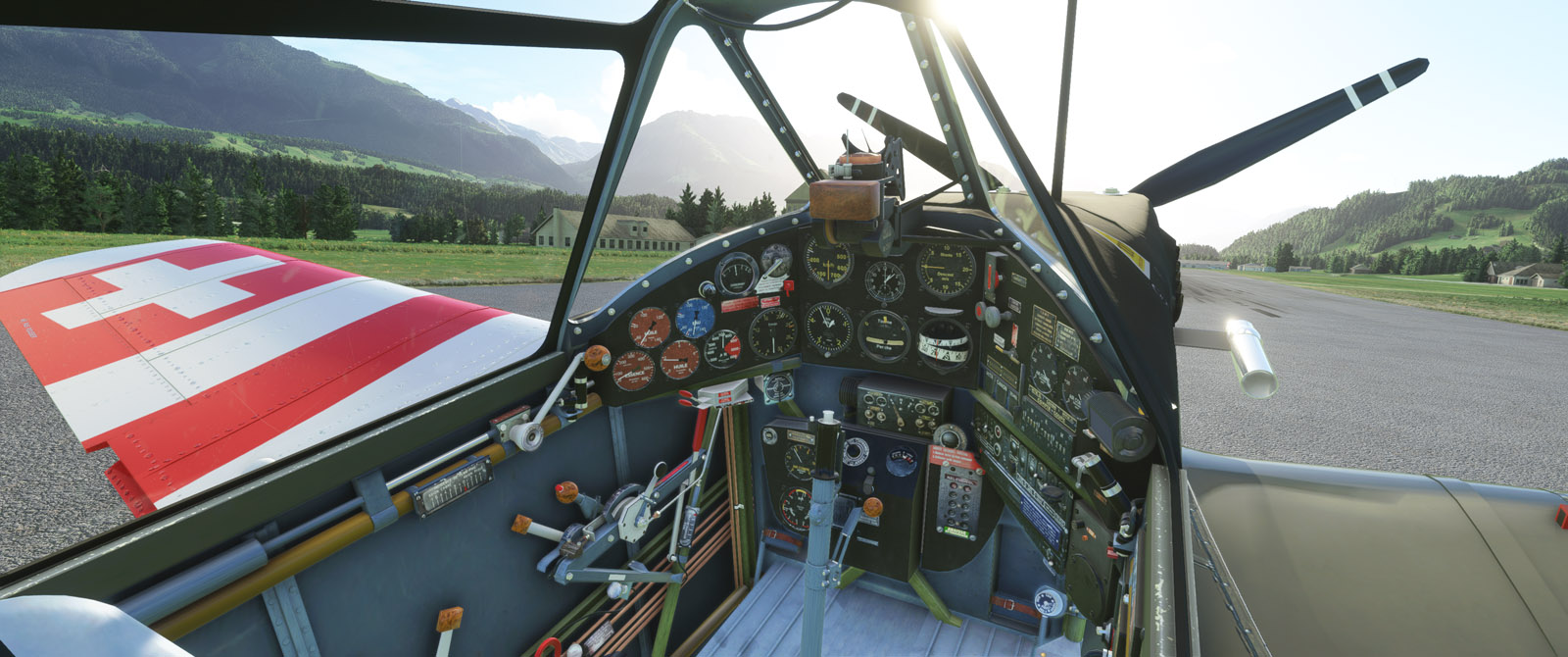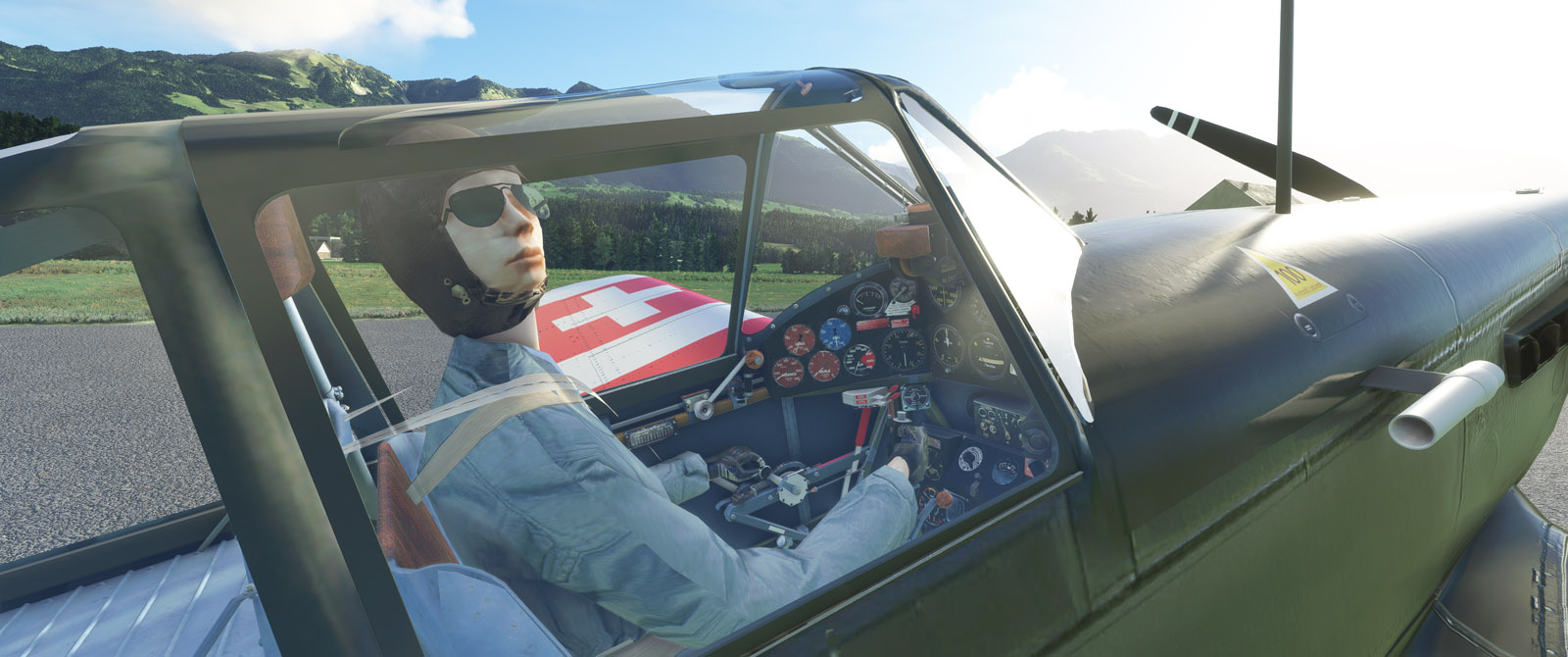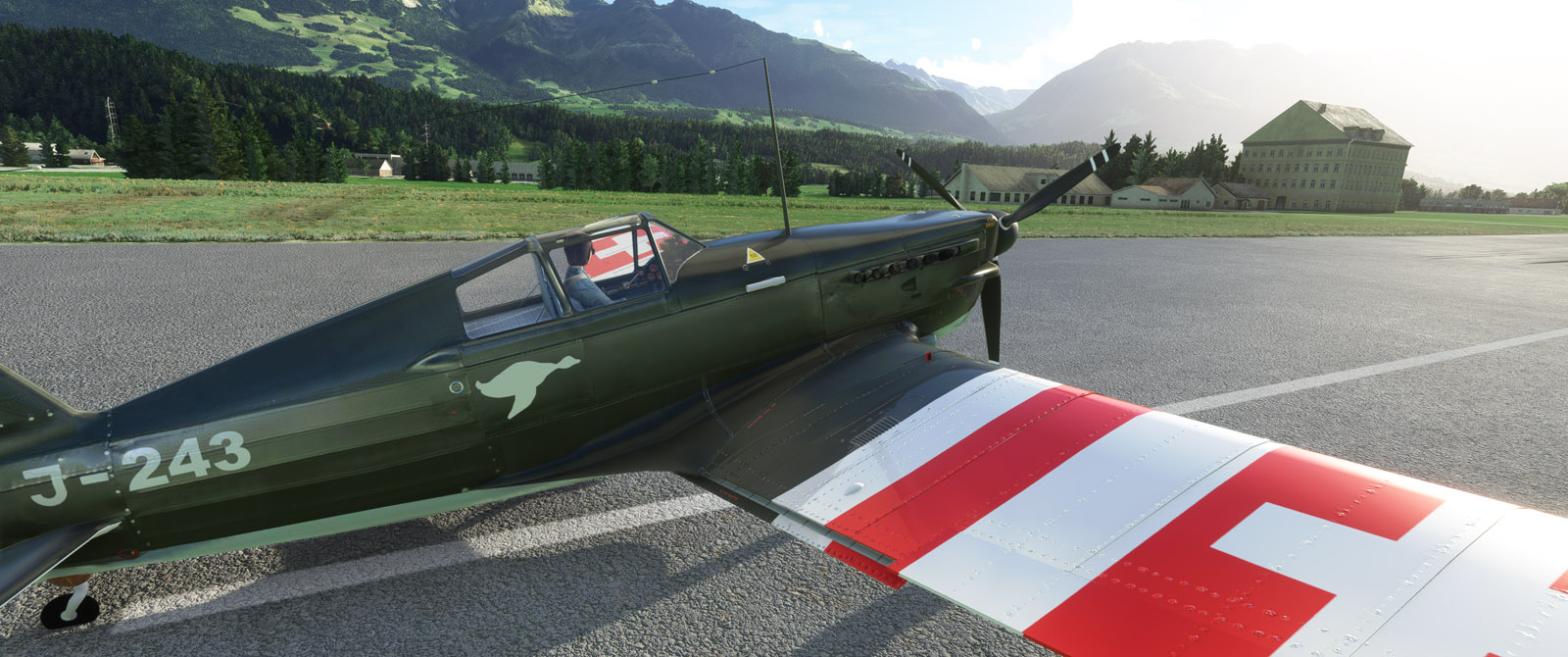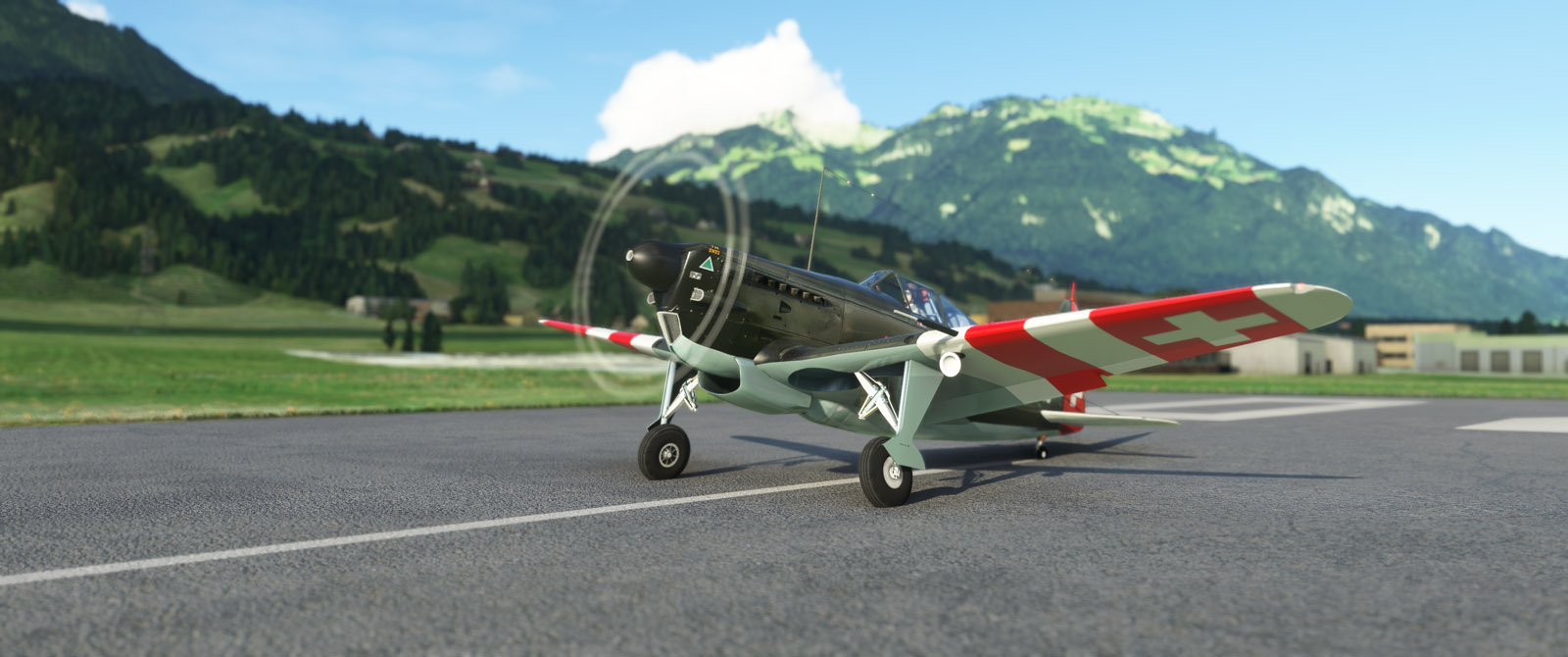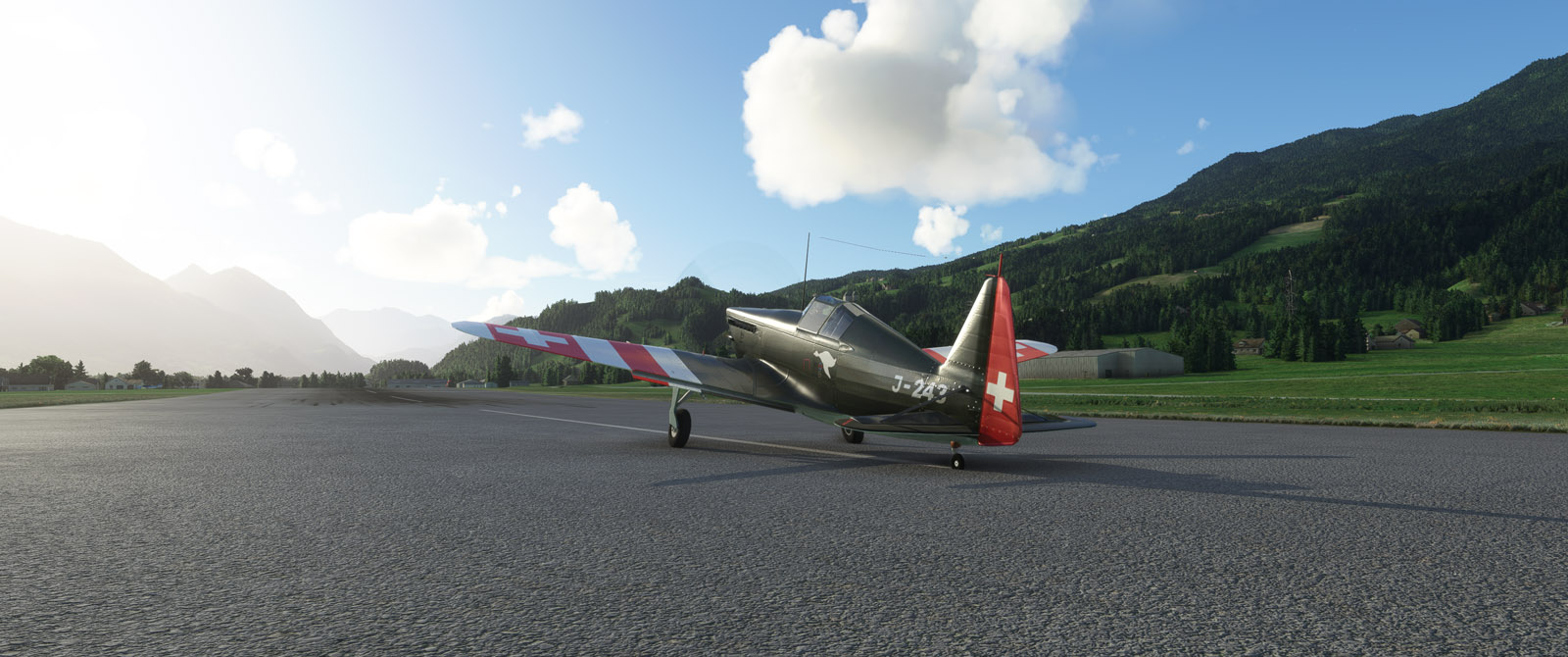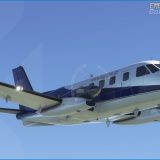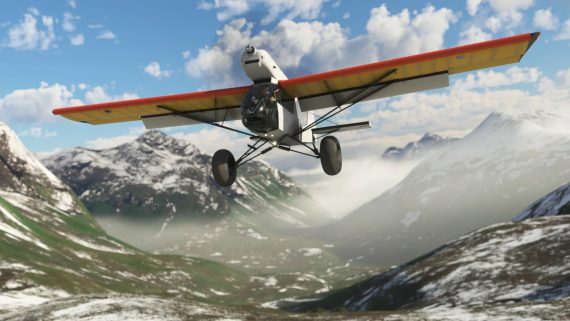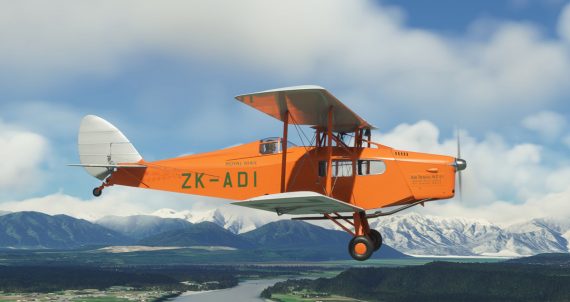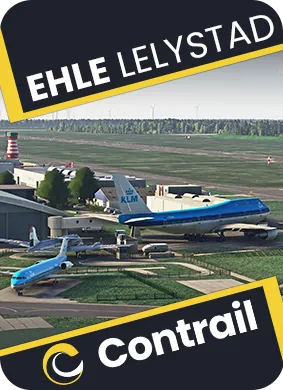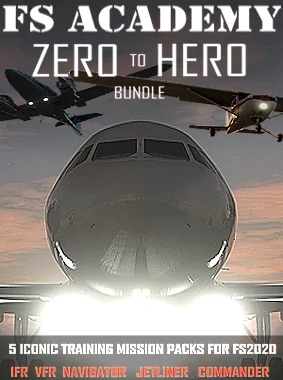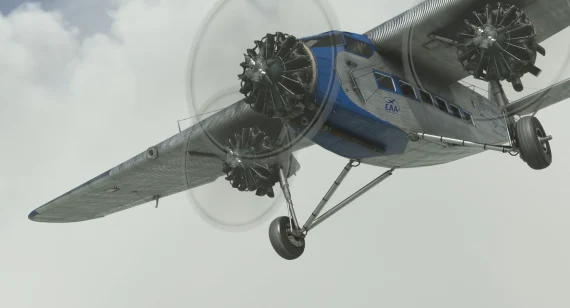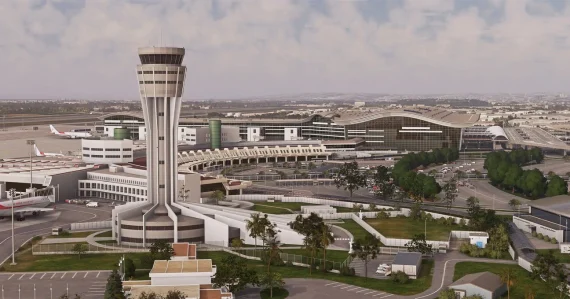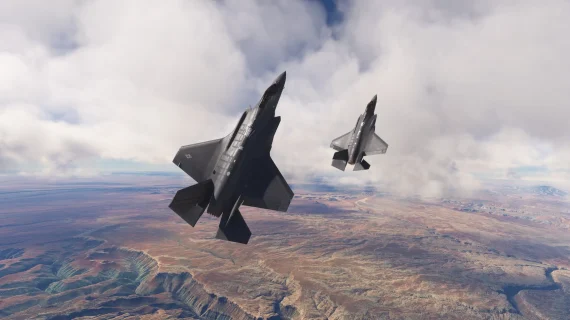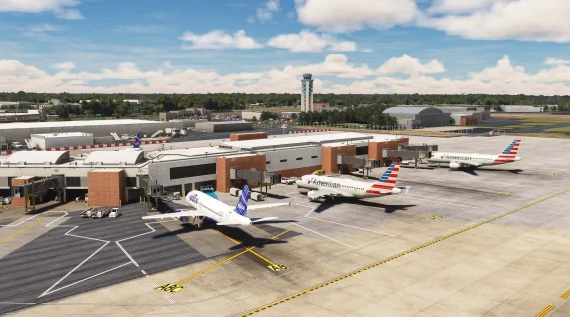Peek through Switzerland’s military history with the Morane D-3801 for MSFS
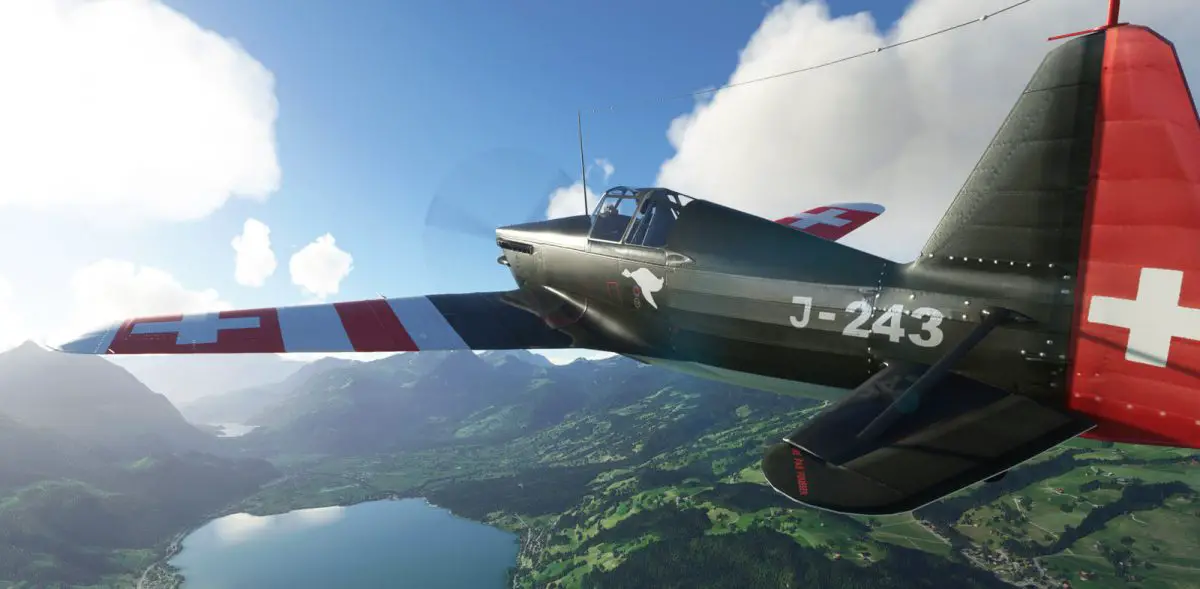
Microsoft Flight Simulator is slowly but surely becoming a platform of immense value, both in terms of the entertainment it provides but also as a learning tool for the biggest aviation aficionados. Another virtue of the simulator is the potential to become a highly realistic tool to digitally preserve historical aircraft, often recreating airplanes that are either very rare or even lost in time. We are starting to see this from Asobo and Microsoft themselves, with airplanes such as the Ju-52 or the upcoming Antonov An-2, but there are some third-party developers with similarly interesting projects. See, for example, the work Wing42 is doing with the Boeing 247D or even PMDG with its DC-6.
It’s fascinating to see some of these developers coming up with new projects that often depict their own local legends. In over 100 years of heavier-than-air flight, it’s sometimes easy to overlook the innovations that each specific nation has brought to the world of aviation. In fact, there’s a whole world of flying machines beyond those that became known in popular culture, which play their own important role in the history of aviation throughout the world. They are often less-known airplanes outside their origin countries.
MSFS provides, therefore, an incredible platform to digitally preserve the astonishing variety of aircraft that has been engineered all around the world over the years. And we’re seeing, as weeks go by, some underdog developers come up with impressive recreations of these beloved airplanes. One of these examples is SwissMilSim, who recently released the Morane D-3801 for Microsoft Flight Simulator. It was released somewhat under the radar, but we believe it deserves a little more attention than what it’s got.
The Morane D-3801 is a Swiss version of the French Morane-Saulnier MS406, a single-seat fighter with retractable landing gear from the early years of WWII. The D-3801 played an important role in defending Switzerland’s neutrality in the war. Unfortunately, the historical value of these airplanes was not recognized, so they ended up being scraped or vandalized in public playgrounds. Only one unit survived and continues to be preserved in the French Air Museum… and now also in Microsoft Flight Simulator.
This project came to life thanks to a fortuitous coincidence, after Christian Mottier, who always had a dear passion for this plane, found out about Charles Chammartin’s personal history as a military pilot with experience in the Morane D-3801. Chatting ensued, and the end result can now be appreciated in MSFS by anyone looking to know more about this aircraft.
The team has since grown a bit, with a scenery designer and a specialist in Swiss military aviation, and the collective is now known as SwissMilSim. Their goal is to recreate historically accurate aircraft for flight simulation, from the realism of the model, textures, and liveries to the accuracy of the flight dynamics and systems.
In the particular case of the Morane, the team used reference data from a test pilot of the Department of Military Airfields, dated from 1941. These values were used together with Charles Chammartin’s 100 hours of flight experience in the Morane, in order to make the MSFS version fly as close as possible as the real one did back in the day.
We have been testing the Morane D-3801 in MSFS, exploring the Alps as Swiss military pilots did back in the 1940s and 50s. SwissMilSim offers a very interesting proposition with its Morane, albeit not without its flaws. Although this model is native to MSFS, the developers decided to go with a highly optimized approach to 3D modeling. The Morane looks good from a distance, but as you get closer you start to notice some things that look out of place in this day and age, such as 2D gauges or inoperable instruments that have been replaced by simple – but photorealistic – textures. This was a deliberate decision from SwissMilSim, since they considered a waste of polygons to create 3D models of inoperable instruments. Fortunately for the Morane, once you start messing with it, things turn a positive turn.
SwissMilSim has managed to implement a great flight model in the Morane, fully MSFS-native. It feels authentic and was built considering known performance data and pilot feedback. It’s accompanied by a good soundtrack from the powerful Hyspano-Suiza 12 Y-51 engine, a true WWII-sounding beast! It all starts in an engaging way, with full startup procedures implemented that you have to take into careful consideration. The engine needs to be heated before taking off, so a 5-minute warm-up time is required for pressures and temperatures to stabilize. A cold takeoff will result in severe consequences, and this is simulated in this virtual Morane D-3801 for MSFS.
Once in the air, the Morane shows impressive performance and stability. It climbs fast, but since it has no airbrakes you’ll have to time the descent appropriately. It’s great fun to fly this bird in a more sporty way, doing some aerobatics and even practicing some spins, which it is totally capable of doing. There’s even the possibility to give the engine a temporary performance boost, by putting additional pressure in the throttle lever. As said before, once you’re airborne it’s easy to forget about the somewhat dated looks, because the Morane is really quite fun and full of character.
A cool feature of the Morane is the simulated oxygen supply to the pilot. This enables climbing to great altitudes, in excess of 40.000 ft, but you must not forget to enable oxygen flow in the system. Failure to do so will have the pilot (you!) enter into hypoxia. The screen will gradually start to go black, you soon won’t be able to operate any of the switches or controls, and recovery may become impossible… unless you manage to turn on oxygen flow while losing conscience!
The included manual explains this and other mechanics and includes the full checklists and some cool schematics of the aircraft performance envelope and hydraulics circuit.
SwissMilSim told us that there are some planned updates for the future. For starters, some necessary improvements will come, such as improved sounds (more powerful from the outside, wind sound, touchdown sounds during landing, or a variable taxiing sound depending on the surface). The Morane now comes with a variety of military liveries, but a future update will also bring a civilian version of the aircraft.
The developers also hope to eventually release some nice complementary content to go along with the aircraft. These are a series of Swiss airfields that were historically known bases of the aircraft. The first one is already available for free: Zweisimmen airfield.
Overall, the Morane D-3801 offers an interesting experience, especially for those interested in Swiss military history or enthusiasts of WWII fighters. Others may be left disappointed by the underwhelming visuals, but other than that, the Morane is actually quite fun!
If this sounds compelling to you, then go and grab the Morane D-3801 for MSFS, which is now available for around €35.00. For other WWII-era airplanes, check the British Spitfire (here and here), the American P-38L Lightning and P-40B Tomahawk, or the Japanese Mitsubishi Zero.
